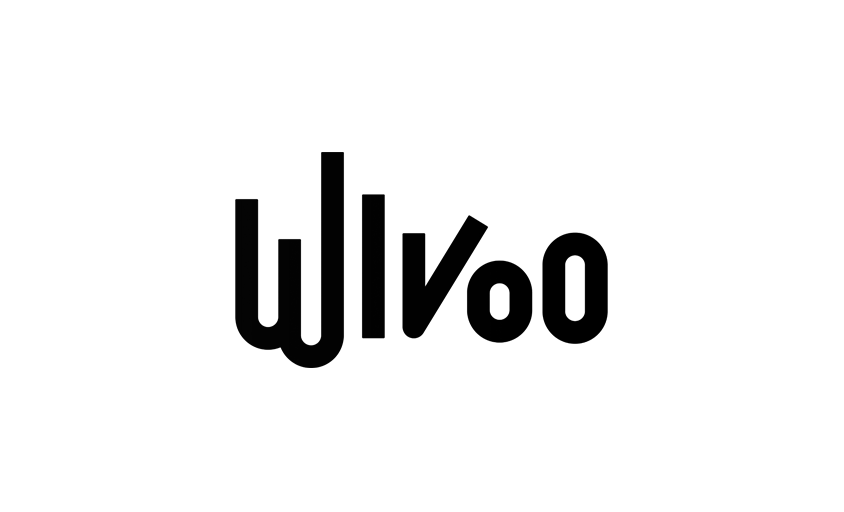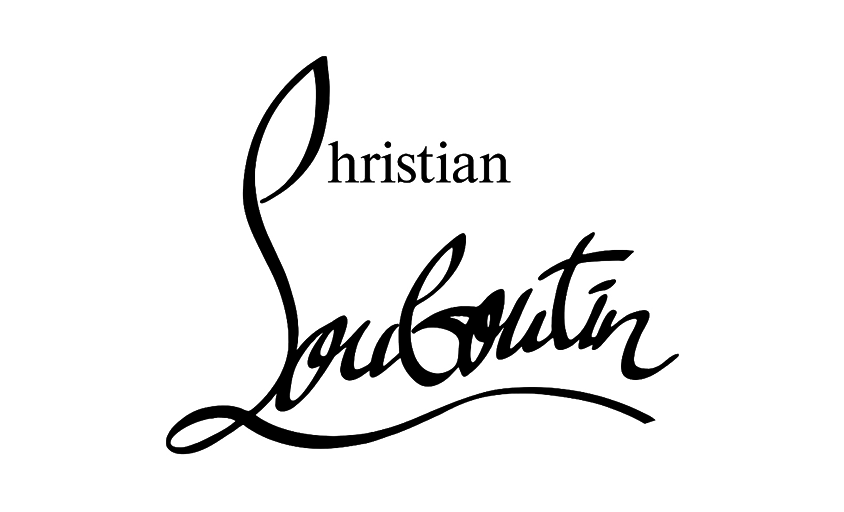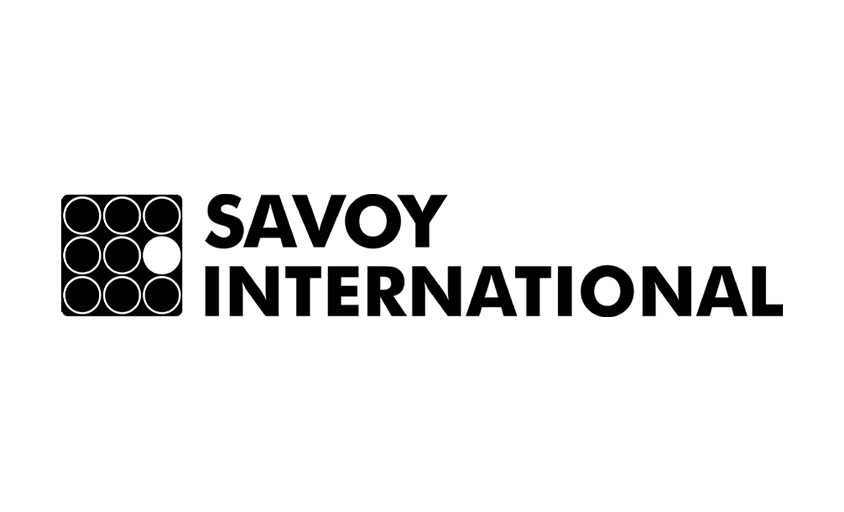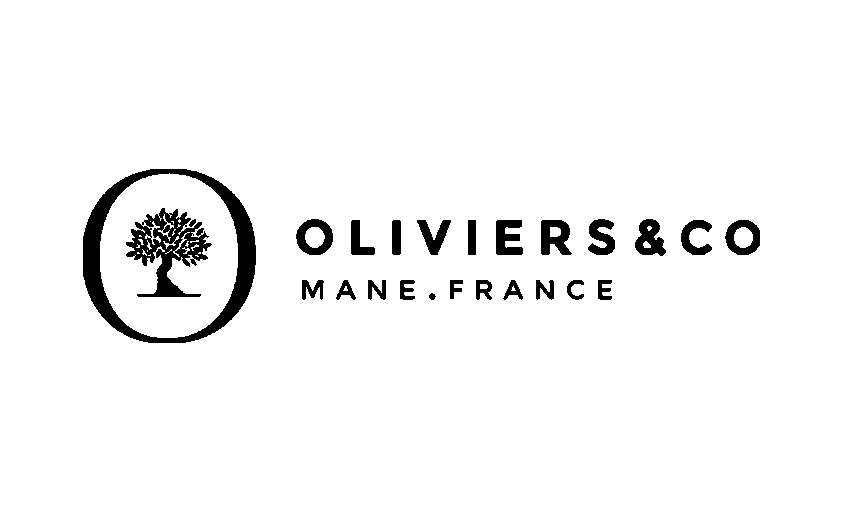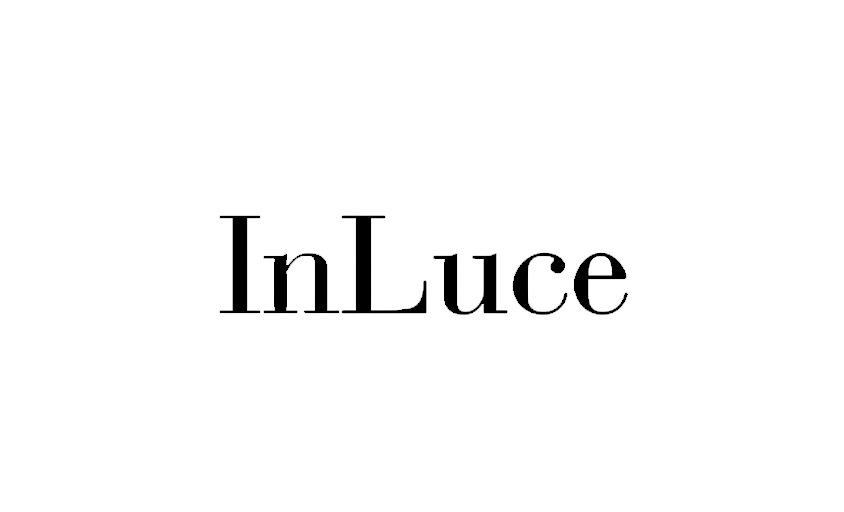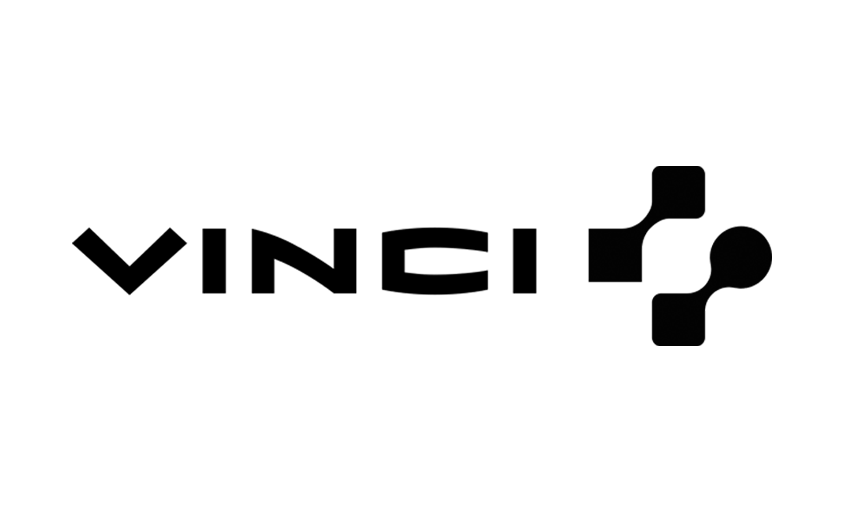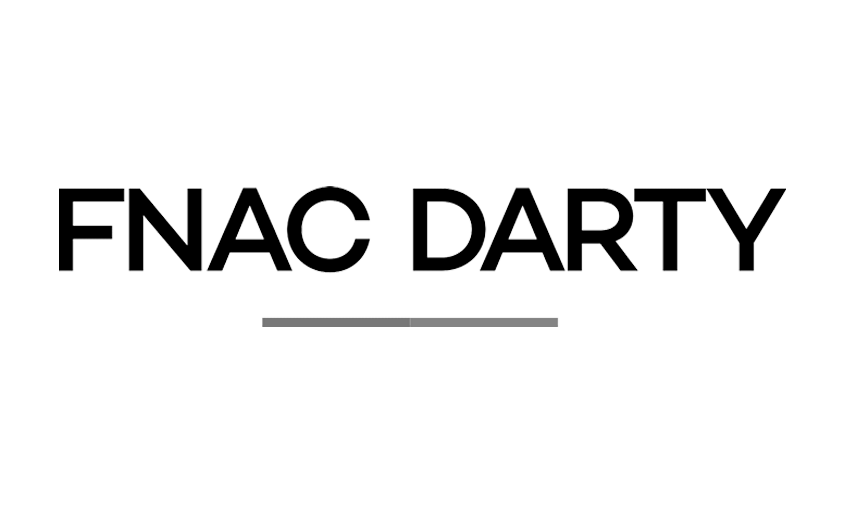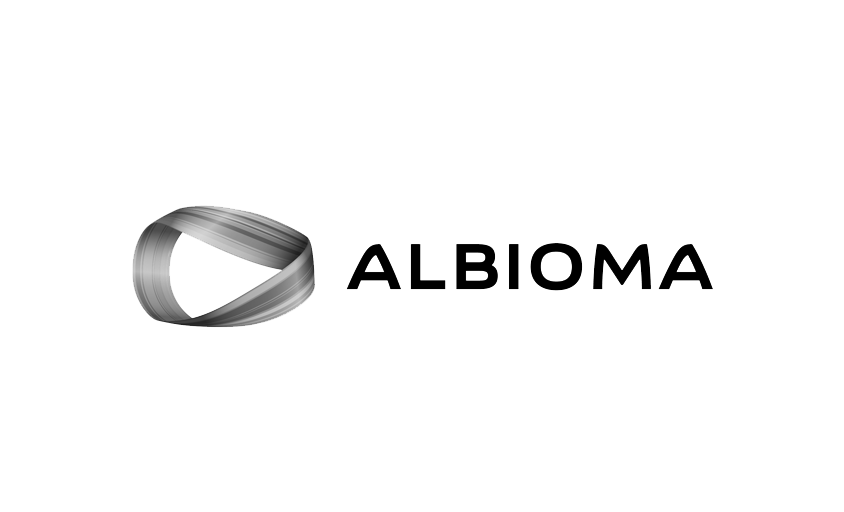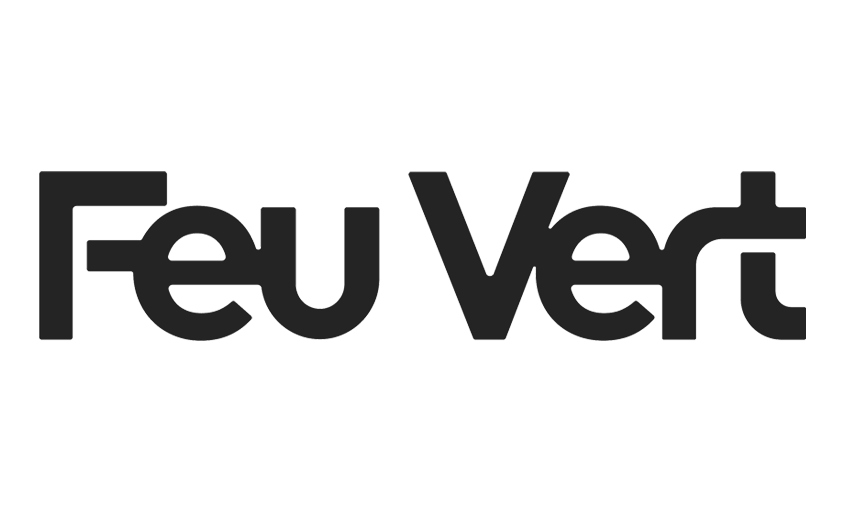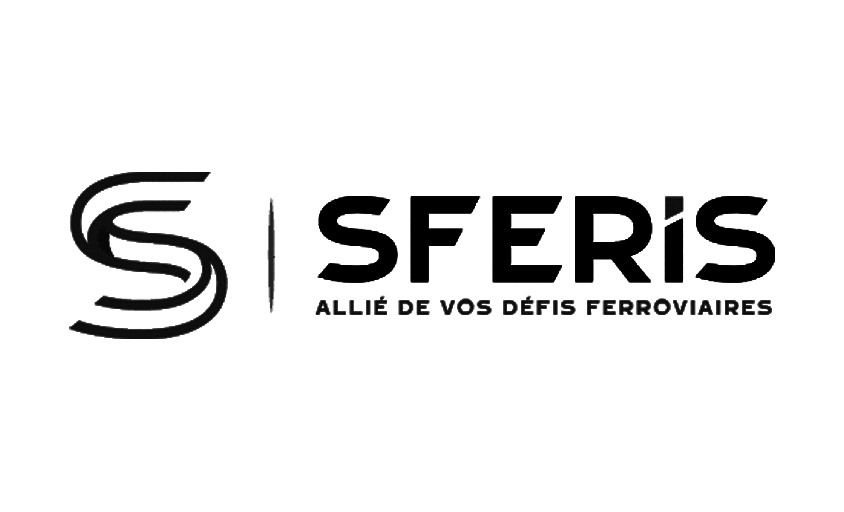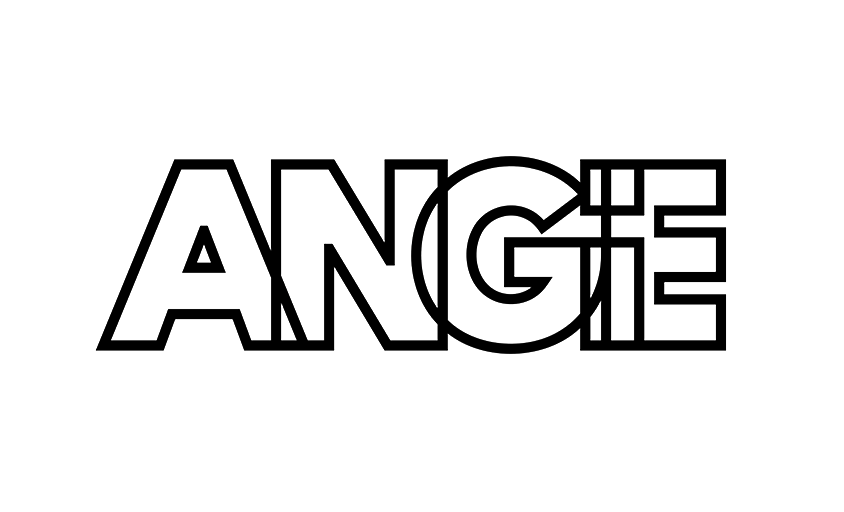Studio Manager
In this article :
The studio manager plays a central role in the world of photography and video production, acting as the conductor behind the scenes of a studio. This profession involves overseeing and coordinating all logistical and technical aspects of a shoot or production, ensuring everything runs smoothly. From equipment control to studio space management, the studio manager ensures the operational fluidity essential to the success of any creative project.
Roles and Responsibilities of the Studio Manager
The studio manager is responsible for a wide range of tasks that span preparation, execution, and post-production follow-up. These duties include scheduling studio usage, managing bookings, monitoring and maintaining photographic and video equipment, as well as setting up backdrops and lighting. They work closely with photographers, videographers, and other members of the creative team to ensure the specific needs of each project are met.
The Importance of Versatility and Communication
Success in the role of studio manager requires strong versatility and excellent communication skills. Able to juggle multiple tasks while keeping a global overview, the manager must also communicate effectively with team members and clients to coordinate efforts and meet expectations. Their ability to anticipate needs and quickly resolve issues is crucial to maintaining productivity and creativity within the studio.
Challenges and Solutions in Studio Management
The challenges faced by a studio manager can vary, from space and time constraints to technical setbacks. Careful planning and a thorough knowledge of equipment and production processes are essential to overcoming these obstacles. The manager must also stay up to date with the latest technologies and industry trends to optimize studio resources and offer innovative solutions.
The Manager’s Role in the Creative Dynamic
Although their work is mostly behind the scenes, the studio manager’s impact on the creative dynamic is undeniable. By ensuring the smooth management of the production environment, they allow creatives to fully focus on their art. The manager’s contribution is therefore fundamental in creating a space that fosters innovation, where ideas can come to life without logistical constraints.
Jérémy Carlo is the editorial director at Rétines, where he ensures the consistency and clarity of all content produced by the studio.
Our Clients
Let’s discuss
What we do for you at Rétines
Meticulous work, an organised project and fast delivery. And to achieve this, we mobilise the right resources in our teams at the right time.
01
Pre-production
Artistic and technical direction tailored to the project.
Relevant recommendations on content, form and resources.
02
Photo Shooting
Photos taken by our experienced photographers.
Production that’s controlled, efficient and tailored to the needs of the project, with nothing superfluous.
03
Retouching
Technique
Photographs magnified by our retouching team.
Post-production to meet the commercial challenges of the brief.

